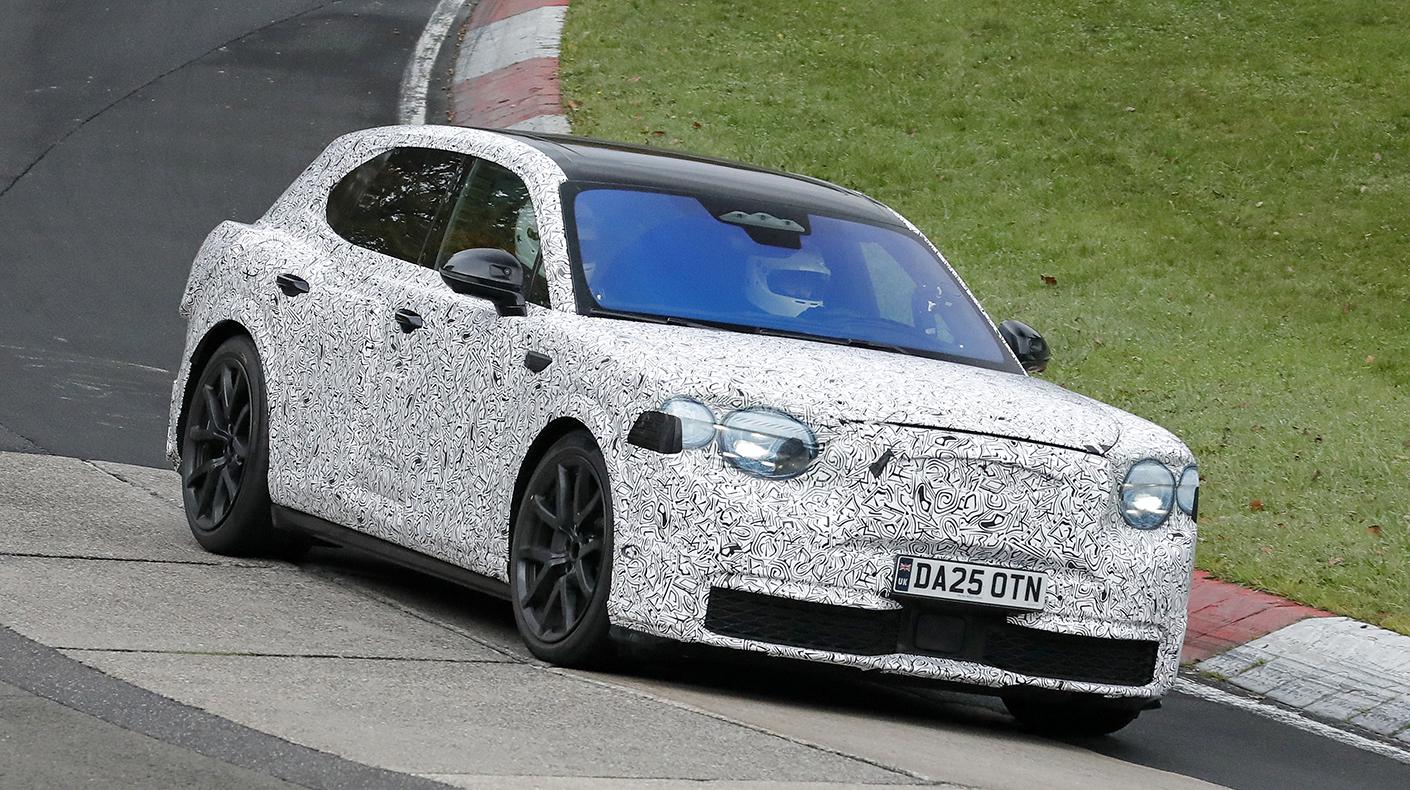 Vehicle-color preferences are beginning to shift as customers look to vibrant palettes for individuality. According to a report by automotive paint and coatings manufacturer PPG Industries, consumer preferences for vehicle paints are changing in reaction to modern non-automotive designs.
Vehicle-color preferences are beginning to shift as customers look to vibrant palettes for individuality. According to a report by automotive paint and coatings manufacturer PPG Industries, consumer preferences for vehicle paints are changing in reaction to modern non-automotive designs.
Silver remains the world’s most popular color, snapping up 20% of North American, 35% of European and 37% of Asian Pacific tones.
"Although silver is the most popular car color overall, we're not dealing with the same old silvers anymore," says Jane E. Harrington, PPG color styling manager. "With advances in technology and design, silver shades continue to evolve with the incorporation of hue shifts, color tints, aluminum flake size and appearance. Silver, along with black and white, is offered on every vehicle line as part of the core color palette, which also increases its popularity."
 Other shades are quickly closing the gap, however. Black and white have tied silver as prominent options in certain vehicle classes, while blue received the most interest in a recent consumer survey. The major changes are in the rise of vibrant tones and finishes.
Other shades are quickly closing the gap, however. Black and white have tied silver as prominent options in certain vehicle classes, while blue received the most interest in a recent consumer survey. The major changes are in the rise of vibrant tones and finishes.
"We're seeing more abundant color use at major auto shows as consumers start to show increased interest in vivid, intense shades," Harrington added. "Today's consumers are in tune with brand images, and they see premium colors on everything from cell phones to washers and dryers. Good color design is not considered a bonus anymore; it's an expectation."
During the North American International Auto Show in Detroit, car buyers weighed in on color. More than 1,200 consumers were asked for their impressions on new vehicle hues, and for the second consecutive year, the overwhelming selection was blue. Many designers are considering this the staple color as the automotive industry gears up for the future.
SEMA Show vehicles, on the other hand, often represent current trends and forecasts for the specialty-equipment industry. Leading designers and concept artists showcase the most contemporary examples of vehicle customization and artistic expression, often casting aside monotone compositions.  During the 2007 Show, the majority of vehicles displayed one or more elements designed to differentiate their style from others. Most vehicles adopted multiple characteristics and were decorated with assorted paints and schemes. However, many had a primary color or overriding feature, despite the additional layers of graphics, logos or accessories. The base colors used for each vehicle at the Show are given below.
During the 2007 Show, the majority of vehicles displayed one or more elements designed to differentiate their style from others. Most vehicles adopted multiple characteristics and were decorated with assorted paints and schemes. However, many had a primary color or overriding feature, despite the additional layers of graphics, logos or accessories. The base colors used for each vehicle at the Show are given below.
Furthermore, the vehicles at the Show often employ edgy features or materials commonly used as accents. The items listed are those that are considered overriding themes above and beyond individual components. For example, the vehicles listed as having a carbon-fiber theme were the ones crafted using a complete carbon-fiber shell, rather than a single component. The same applies for graphic enhancements—a complete body wrap as opposed to sponsor logos. Very few vehicles at the Show come without some type of secondary feature.
For more original SEMA market research, please visit www.sema.org/research.





